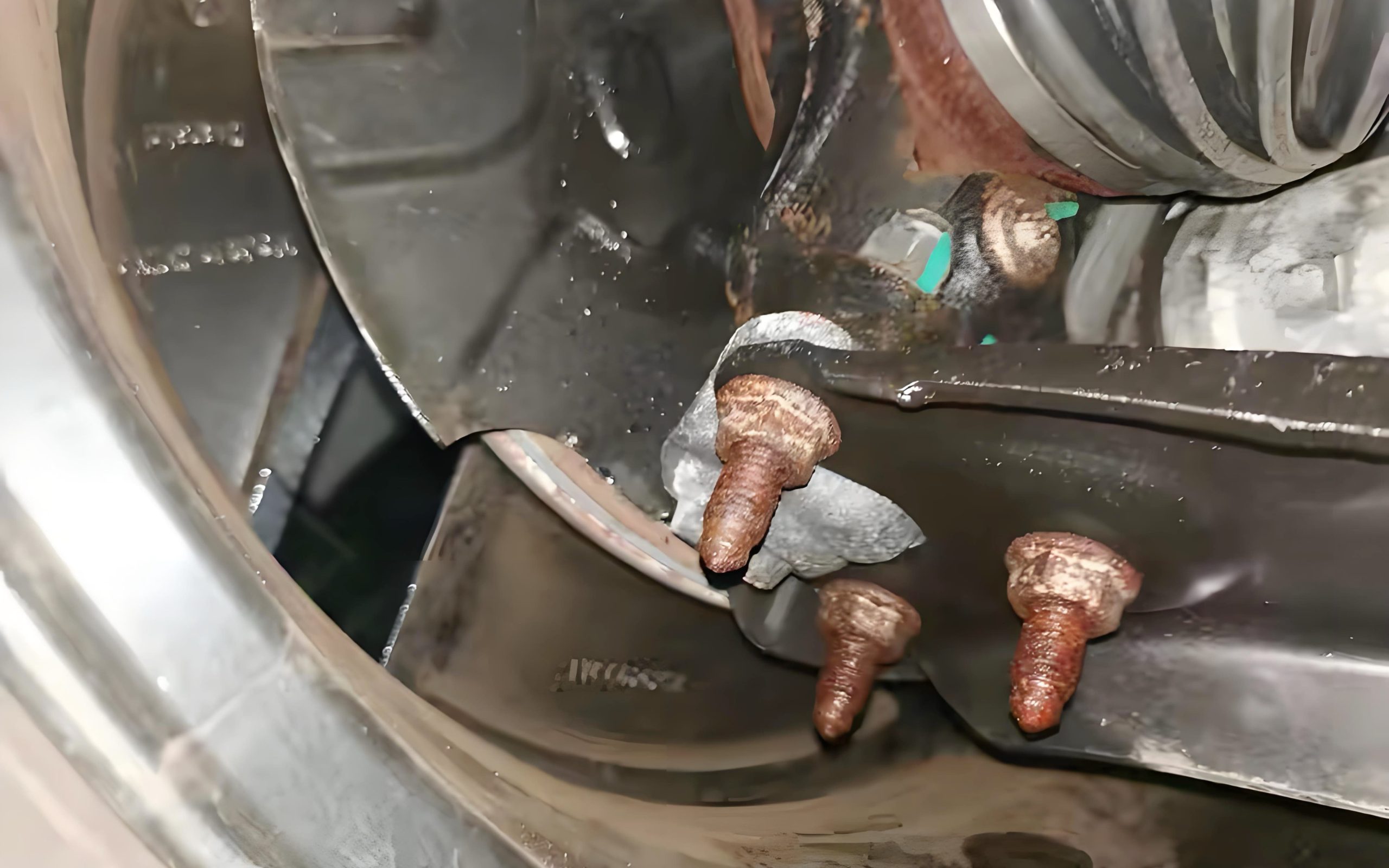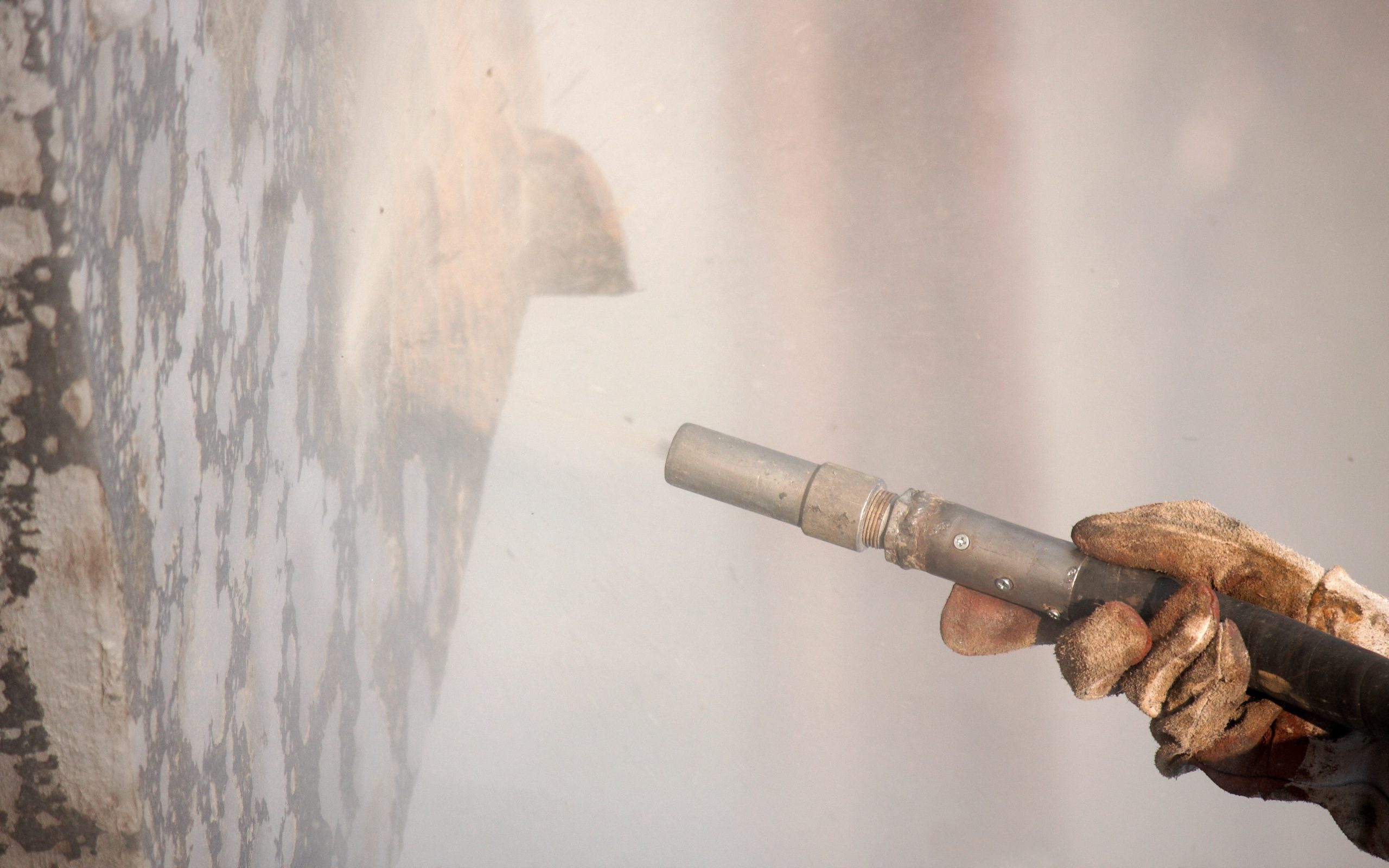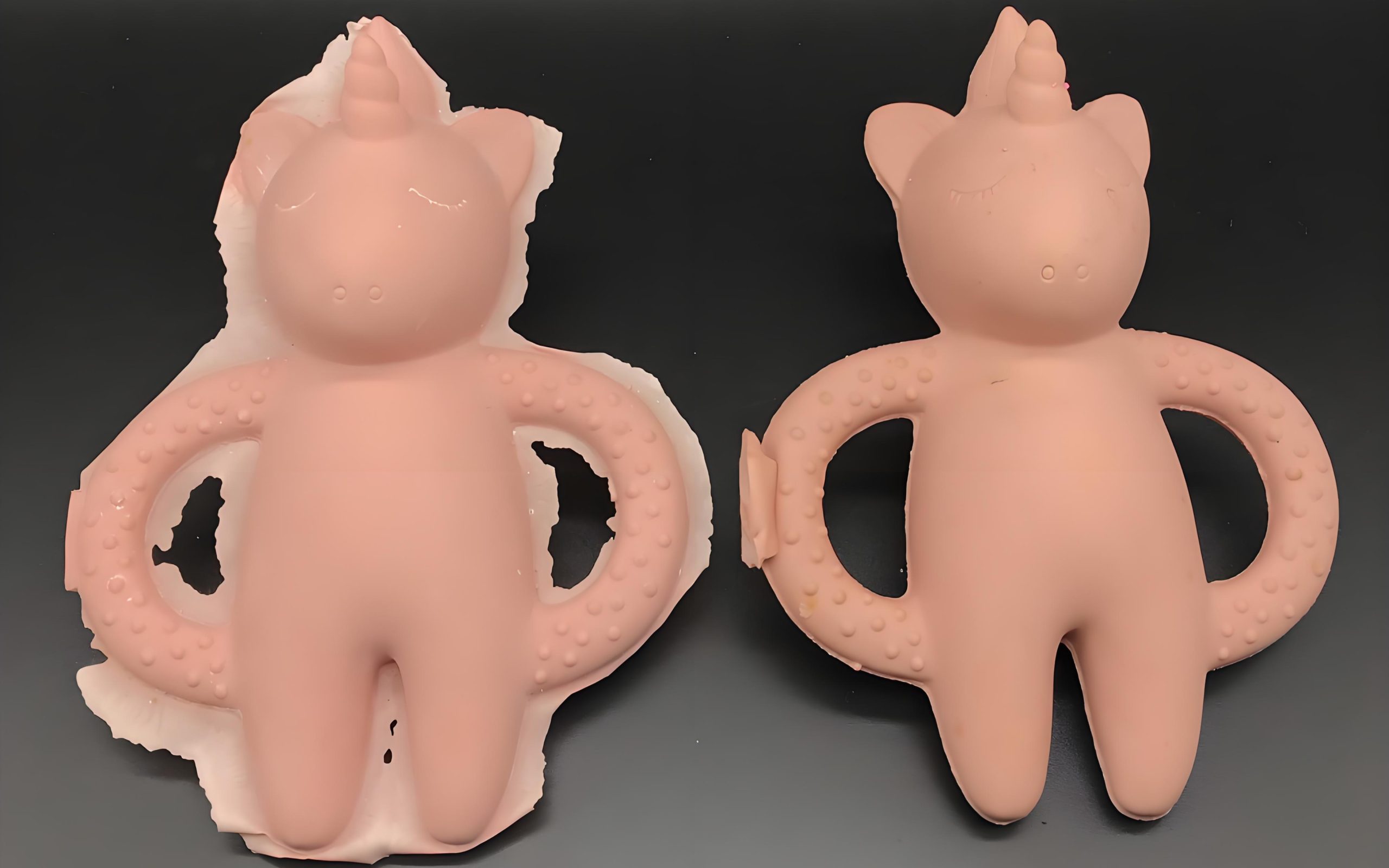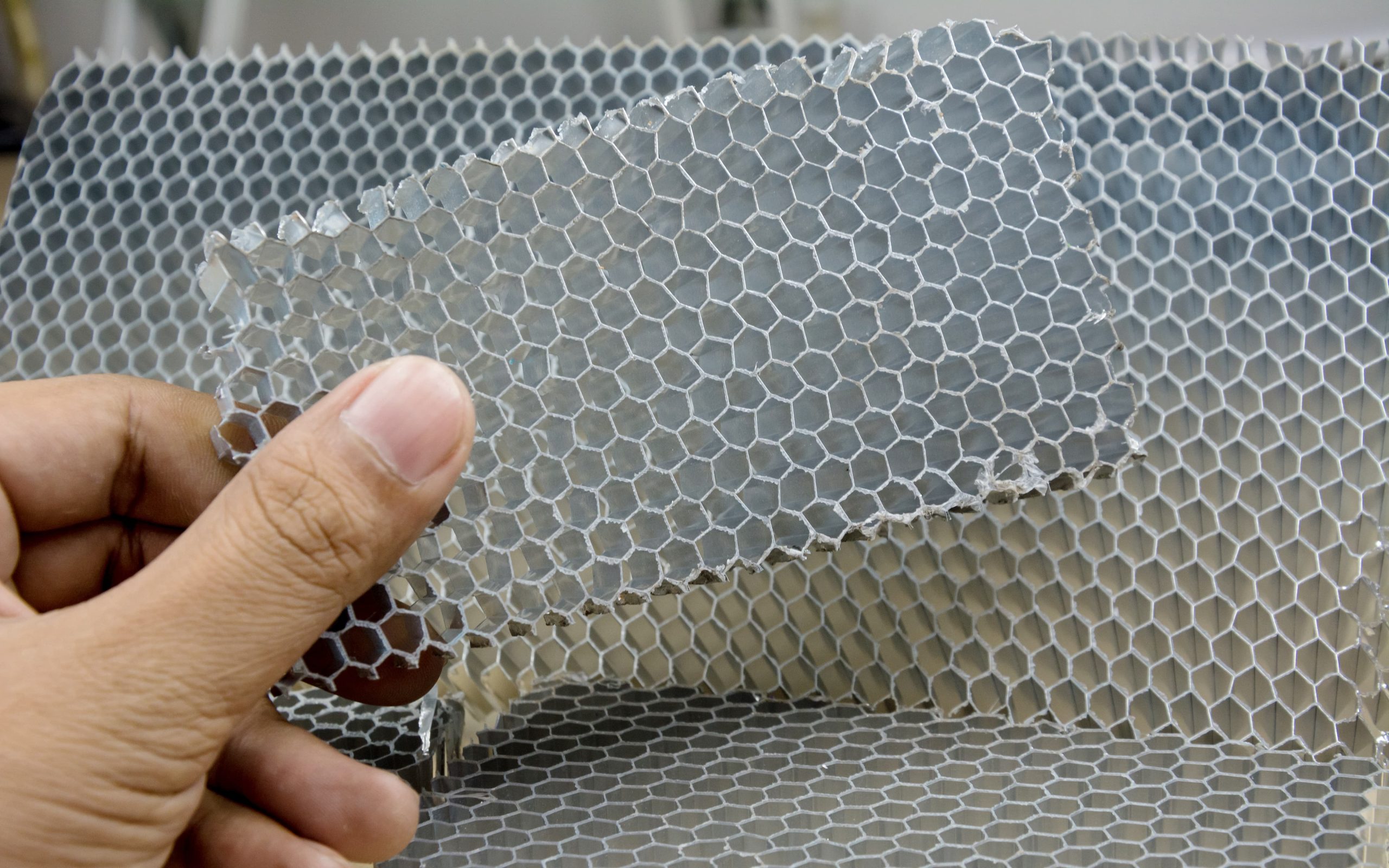Evaluación del rendimiento de las perlas de poliestireno en entornos difíciles
13 de septiembre de 2024
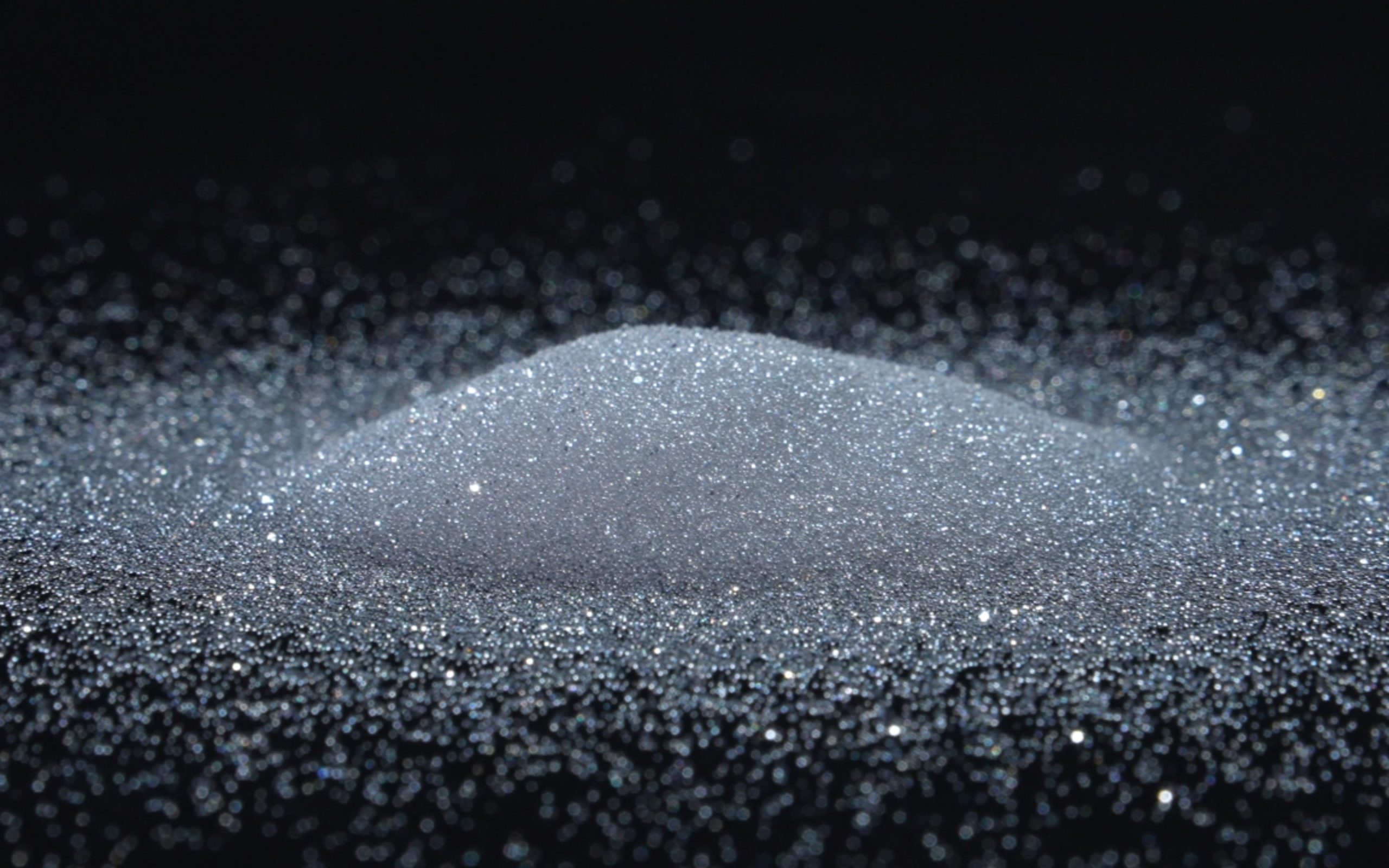
Toma real HLH de perlas de desbarbado de poliestireno
En la fabricación industrial moderna, la calidad de los componentes de precisión afecta directamente al rendimiento del producto final. Para garantizar la calidad de la superficie de los componentes electrónicos de precisión, las piezas de caucho y las piezas de plástico, el desbarbado se ha convertido en un eslabón vital. Los cordones de desbarbado de poliestireno se utilizan ampliamente en estos campos de aplicación debido a sus excelentes propiedades físicas y a su coste relativamente económico. Sin embargo, la estabilidad química del poliestireno es especialmente crítica en diversos entornos de trabajo. En este artículo se analiza en profundidad la estabilidad química de los cordones de desbarbado de poliestireno en diferentes entornos de trabajo, especialmente la tolerancia a diferentes disolventes, productos químicos y condiciones de alta temperatura y humedad, y se ofrece un análisis detallado de los datos para demostrar su fiabilidad y adaptabilidad en entornos de trabajo difíciles.
Visión general de las perlas de desbarbado de poliestireno
Los cordones de desbarbado de poliestireno suelen ser esferas transparentes con cierta dureza y elasticidad. El material de poliestireno en sí tiene un peso ligero y una buena fluidez, y su tamaño es relativamente uniforme, lo que resulta conveniente para un contacto total con la superficie de la pieza durante el proceso de desbarbado. El tamaño de partícula adecuado puede seleccionarse en función de las diferentes necesidades de desbarbado. Estos abrasivos plásticos eliminan las rebabas principalmente por fricción y colisión con la superficie de la pieza. Durante el proceso de desbarbado, el movimiento de los granos puede hacer que las rebabas de la superficie de la pieza se rompan o caigan, consiguiendo así el objetivo de alisar la superficie. Al mismo tiempo, su suavidad puede evitar daños excesivos en la superficie de la pieza de trabajo, garantizando la precisión y la calidad de la superficie de la pieza de trabajo.
Entorno de trabajo de la industria de fabricación de componentes electrónicos de precisión
Características medioambientales
La fabricación de componentes electrónicos de precisión suele llevarse a cabo en un entorno limpio para evitar que el polvo y las impurezas afecten al rendimiento de los componentes electrónicos. Durante el proceso de fabricación, pueden quedar expuestos diversos productos químicos, como agentes de limpieza, fundentes, pintura aislante, etc. Además, el proceso de fabricación de componentes electrónicos también puede implicar condiciones ambientales de alta temperatura y alta humedad.
Efecto sobre la estabilidad química de las perlas de desbarbado de poliestireno
- Tolerancia a los disolventes
Los productos de limpieza utilizados en el proceso de fabricación de componentes electrónicos pueden contener disolventes orgánicos como alcohol y acetona. Los cordones de desbarbado de poliestireno deben tener cierta tolerancia a los disolventes para evitar su disolución, deformación o degradación de su rendimiento cuando se exponen a estos disolventes.
- Tolerancia química
Las sustancias químicas como el fundente y la pintura aislante pueden entrar en contacto con los cordones de desbarbado de poliestireno. Los componentes de estas sustancias químicas pueden reaccionar químicamente con el poliestireno, afectando al rendimiento y la vida útil de los cordones de desbarbado. Por ejemplo, los ingredientes activos de algunos fundentes pueden reaccionar con el poliestireno, provocando que los cordones de desbarbado se endurezcan, se vuelvan quebradizos o pierdan elasticidad.
- Impacto de un entorno de alta temperatura y humedad
El proceso de fabricación de componentes electrónicos puede experimentar condiciones ambientales de alta temperatura y alta humedad. En este entorno, la estabilidad química de los cordones de desbarbado de poliestireno puede verse afectada. Las temperaturas extremadamente altas pueden hacer que los materiales de poliestireno se ablanden o deformen, mientras que la humedad extremadamente alta puede hacer que el poliestireno absorba agua y se hinche, afectando así al efecto de desbarbado y a la vida útil.

Entorno de trabajo de la industria de fabricación de componentes de caucho de precisión
Características medioambientales
La fabricación de componentes de caucho de precisión suele llevarse a cabo en determinadas condiciones de temperatura y presión. Durante el proceso de fabricación, diversos aditivos de caucho, lubricantes y agentes desmoldeantes pueden estar expuestos a sustancias químicas. Además, la fricción mecánica y el estiramiento también pueden intervenir en el proceso de fabricación de componentes de caucho.
Impacto en la estabilidad química de las perlas de desbarbado de poliestireno
- Resistencia a los disolventes
Las sustancias químicas como los aditivos de caucho y los lubricantes pueden contener disolventes orgánicos como el éter de petróleo y el tolueno. Los cordones de desbarbado de poliestireno deben tener cierta resistencia a los disolventes para evitar su disolución, deformación o degradación de su rendimiento cuando se exponen a estos disolventes.
- Tolerancia química
El componente de agente vulcanizante del aditivo de caucho puede reaccionar químicamente con las perlas de desbarbado de poliestireno, haciendo que éstas cambien de color, se endurezcan o pierdan elasticidad. Además, los componentes del agente desmoldeante también pueden afectar al poliestireno, reduciendo la suavidad de la superficie y el efecto desbarbador de los cordones desbarbadores.
- Efecto de la acción mecánica
Durante el proceso de fabricación de los componentes de caucho, acciones mecánicas como la fricción mecánica y el estiramiento pueden afectar a los cordones de desbarbado de poliestireno. Estas acciones mecánicas pueden causar desgaste, agrietamiento o deformación de los cordones de desbarbado, afectando así al efecto de desbarbado y a la vida útil.
Entorno de trabajo de la industria de fabricación de piezas de plástico de precisión
Entorno de trabajo
La fabricación de piezas de plástico de precisión suele llevarse a cabo en condiciones de alta temperatura y alta presión. Durante el proceso de fabricación, diversos aditivos plásticos, agentes desmoldeantes y agentes de limpieza pueden estar expuestos a productos químicos. Además, el proceso de fabricación de piezas de plástico también puede implicar moldeo por inyección, extrusión y otros procesos.
Efecto sobre la estabilidad química de las perlas de desbarbado de poliestireno
- Tolerancia a disolventes
Los aditivos plásticos y los productos de limpieza pueden contener disolventes orgánicos como el diclorometano y el acetato de etilo. Los cordones de desbarbado de poliestireno deben tener cierta resistencia a los disolventes para evitar su disolución, deformación o degradación de su rendimiento cuando se exponen a estos disolventes.
- Resistencia química
Los componentes antioxidantes de los aditivos plásticos pueden reaccionar químicamente con los cordones de desbarbado de poliestireno, haciendo que éstos cambien de color, se endurezcan o pierdan elasticidad. Además, los componentes del agente desmoldeante también pueden afectar al poliestireno, reduciendo la suavidad de la superficie y el efecto desbarbador de los cordones desbarbadores.
- Efecto del entorno de alta temperatura y alta presión
Durante el proceso de fabricación de piezas de plástico, las condiciones ambientales de alta temperatura y alta presión pueden afectar a la estabilidad química de los cordones de desbarbado de poliestireno. Las altas temperaturas pueden hacer que el material de poliestireno se ablande o deforme, mientras que la alta presión puede hacer que los cordones desbarbadores estén sometidos a una mayor presión, lo que afecta a su rendimiento y vida útil.
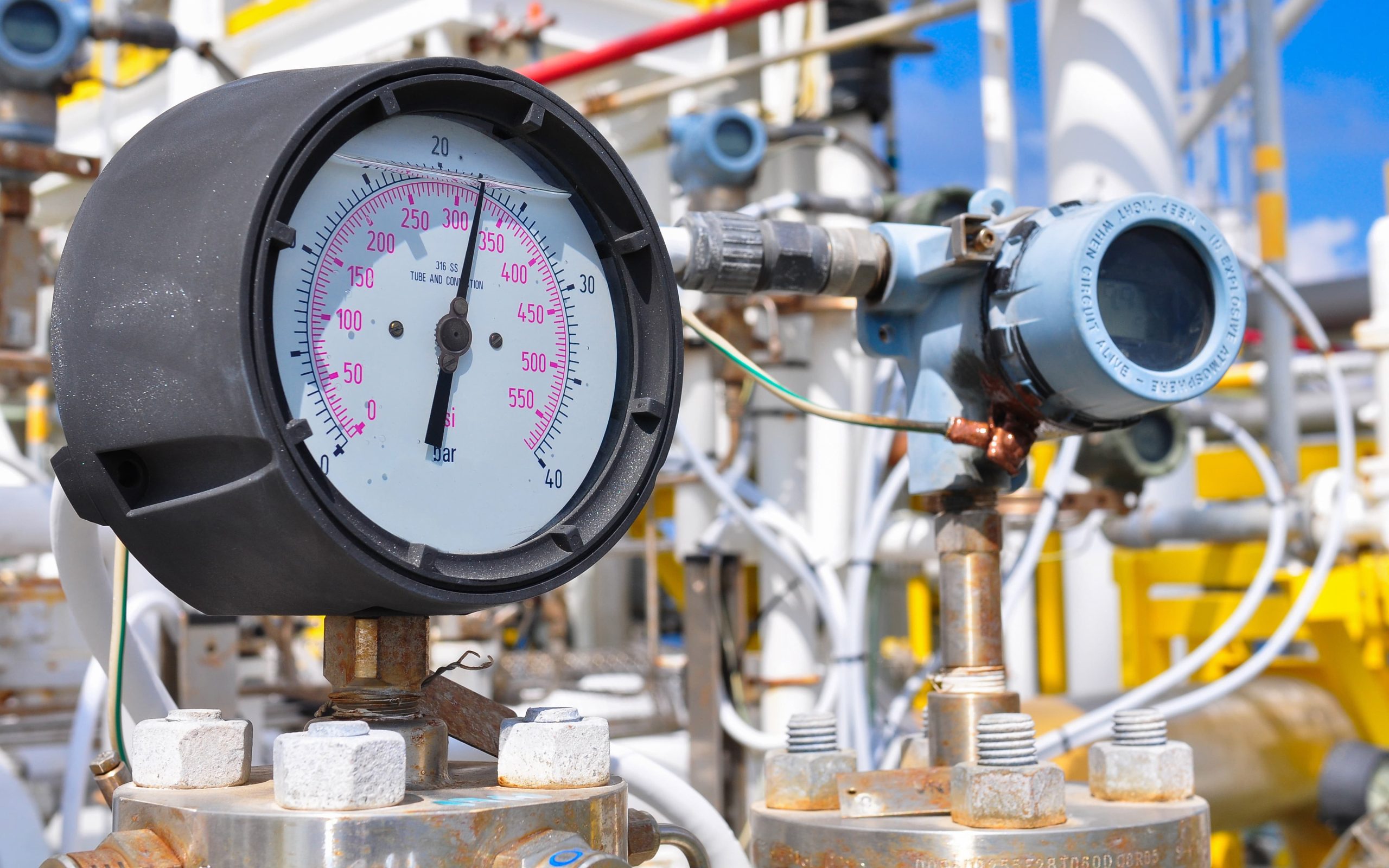
Método de ensayo
Prueba de inmersión en disolvente
Sumergir las perlas de desbarbado de poliestireno en diferentes disolventes, como alcohol, acetona, éter de petróleo, diclorometano, etc., y observar sus cambios de aspecto, de peso y de tamaño a lo largo de un cierto período de tiempo.
Ensayo de contacto químico
Los cordones de desbarbado de poliestireno se expusieron a diferentes productos químicos, como fundente, pintura aislante, aditivos de caucho, aditivos plásticos, etc., y se observaron sus cambios de aspecto, color, dureza y elasticidad durante un cierto periodo de tiempo. Comparando los cambios antes y después del contacto, se puede evaluar la tolerancia de los cordones de desbarbado de poliestireno a diferentes productos químicos.
Prueba de alta temperatura y humedad
Se colocaron perlas de desbarbado de poliestireno en un entorno de alta temperatura y alta humedad, como un entorno con una temperatura de 80°C y una humedad relativa de 90%, y se observaron sus cambios de aspecto, peso, tamaño y rendimiento durante un cierto período de tiempo.
Resultados de las pruebas
- Prueba de estabilidad química
- Resultados de la prueba de inmersión en disolvente
Las perlas de desbarbado de poliestireno se sumergieron en disolventes como alcohol, acetona, éter de petróleo y diclorometano. Los resultados de las pruebas muestran que el poliestireno tolera bien los disolventes más suaves, como el alcohol y el éter de petróleo, y que la forma y el tamaño de la superficie de las perlas no cambiaron significativamente después de 24 horas. Sin embargo, en disolventes orgánicos más fuertes como la acetona y el diclorometano, aunque las perlas mantuvieron una buena estabilidad en las primeras horas, con el tiempo, las perlas mostraron un ligero ablandamiento de la superficie, pero no se produjo una disolución o agrietamiento significativo [1].
Por lo tanto, los cordones de desbarbado de poliestireno pueden soportar los agentes de limpieza industrial más utilizados y algunos disolventes orgánicos. Cuando se exponen a altas concentraciones de disolventes fuertes durante mucho tiempo, pueden producir ligeros cambios en la superficie, pero no afectarán a su función general de desbarbado.
- Resultados de las pruebas de exposición química
En la prueba se comprobó que el poliestireno se comportaba bien en el entorno de productos químicos industriales comunes, como fundente, pintura aislante, aditivos de caucho y aditivos plásticos. Tras 24 horas de contacto, el aspecto y el tamaño de las perlas permanecieron inalterados, y la dureza y la elasticidad no disminuyeron significativamente. En particular, en presencia de ingredientes activos de fundente, aunque la dureza de la superficie cambió, no provocó que el material se volviera quebradizo ni perdiera elasticidad [2].
Estos resultados demuestran que los cordones de desbarbado de poliestireno tienen una gran resistencia química y son adecuados para su uso en la fabricación de componentes electrónicos, piezas de caucho y piezas de plástico, y pueden hacer frente al contacto con una gran variedad de productos químicos.
- Prueba en entornos de alta temperatura y humedad
Las perlas de desbarbado de poliestireno se colocaron en un entorno de alta temperatura (80°C) y alta humedad (90% de humedad relativa) durante 72 horas. Los resultados de las pruebas mostraron que las dimensiones físicas de las perlas no cambiaron significativamente en el entorno de alta temperatura y alta humedad, y el cambio de peso no superó 0,5%, lo que indica que tienen baja higroscopicidad. Además, la dureza y la elasticidad de la superficie también se mantuvieron bien, y no se produjeron ablandamientos ni deformaciones.
La prueba en entornos de alta temperatura y alta humedad demostró además la estabilidad de los cordones de desbarbado de poliestireno en entornos difíciles, y son adecuados para escenarios industriales que pueden implicar entornos de fabricación de alta temperatura y alta humedad, como los talleres de producción de componentes electrónicos.
Sin embargo, su rendimiento se deteriora cuando se expone a ácidos fuertes o hidrocarburos aromáticos, por lo que se requiere precaución cuando se utiliza en ambientes más agresivos [3]. Su punto de fragilidad se sitúa en torno a los 20°C, lo que indica que debe controlarse en entornos extremadamente fríos [4].
- Ensayo de propiedades mecánicas
Se evaluaron las propiedades mecánicas de las perlas de desbarbado de poliestireno mediante una serie de pruebas de fricción, impacto y presión. En la prueba, tras someter las perlas a fricción y estiramiento de alta frecuencia, no se observó desgaste ni grietas evidentes en la superficie, y la resistencia al desgaste fue excelente. Al mismo tiempo, las perlas también mostraron una buena recuperación elástica bajo una mayor presión y no sufrieron deformaciones permanentes. Esta característica es especialmente importante para el proceso de desbarbado de piezas de precisión, ya que garantiza que pueda mantener un rendimiento constante durante su uso a largo plazo [5].
Los resultados de las pruebas mecánicas muestran que los cordones de desbarbado de poliestireno tienen una buena durabilidad y recuperación elástica, y son adecuados para operaciones de desbarbado de larga duración y alta intensidad.
- Prueba de rendimiento electrostático
El propio material de poliestireno tiene cierta función antiestática. En el diseño de optimización de las perlas de desbarbado, la introducción de nanomateriales y la nueva tecnología de revestimiento han reducido en gran medida la generación de electricidad estática. Tras las pruebas electrostáticas, se ha reducido la cantidad de electricidad estática generada por las perlas de desbarbado de poliestireno optimizadas durante el funcionamiento, lo que reduce eficazmente el riesgo de interferencia con los componentes electrónicos de precisión.

- Resumen
De acuerdo con los resultados de las pruebas, los cordones de desbarbado de poliestireno tienen una excelente resistencia a los disolventes, estabilidad química, estabilidad a altas temperaturas y alta humedad, y propiedades mecánicas, y pueden hacer frente a las duras condiciones ambientales habituales en el proceso de fabricación de componentes electrónicos de precisión, componentes de caucho y componentes de plástico. Al mismo tiempo, gracias a la mejora de la tecnología de tratamiento de superficies, también se ha optimizado el rendimiento electrostático de las microesferas, lo que aumenta aún más su potencial de aplicación en el campo de la fabricación de componentes electrónicos de precisión. Estas características garantizan que las perlas de desbarbado de poliestireno puedan funcionar de forma estable durante mucho tiempo en diversos entornos de fabricación, y mejoran la eficacia de la producción y la calidad del producto.
Métodos para mejorar la estabilidad química
Mejora del material
La estabilidad química de los materiales de poliestireno puede mejorarse modificándolos. Por ejemplo, pueden añadirse aditivos como antioxidantes y absorbentes de UV para mejorar la resistencia al envejecimiento del poliestireno; el poliestireno puede mezclarse con otros materiales con buena estabilidad química mediante la modificación de la mezcla para mejorar el rendimiento general de las perlas de desbarbado.
Tratamiento de superficies
El tratamiento de la superficie de las perlas de desbarbado de poliestireno puede mejorar su tolerancia a disolventes y productos químicos. Por ejemplo, se puede utilizar la tecnología de revestimiento para recubrir la superficie de las perlas de desbarbado con una capa de materiales con buena estabilidad química, como politetrafluoroetileno, caucho de silicona, etc.; la tecnología de tratamiento con plasma se puede utilizar para cambiar la estructura química de la superficie de las perlas de desbarbado y mejorar su energía superficial y estabilidad química.
Optimizar las condiciones de uso
Cuando se utilizan perlas de desbarbado de poliestireno, las condiciones de uso pueden optimizarse para mejorar su estabilidad química. Por ejemplo, pueden seleccionarse disolventes y productos químicos adecuados para evitar el uso de sustancias corrosivas para el poliestireno; la temperatura y la humedad durante el proceso de desbarbado pueden controlarse para evitar el uso de cordones desbarbadores en entornos de alta temperatura y humedad; los cordones desbarbadores pueden sustituirse periódicamente para evitar el uso de cordones envejecidos o dañados.
En resumen, mediante pruebas y análisis exhaustivos del rendimiento de los cordones de desbarbado de poliestireno en diversos entornos de trabajo difíciles, podemos confirmar su amplia adaptabilidad en la fabricación de componentes electrónicos de precisión, piezas de caucho y piezas de plástico. Los resultados de las pruebas muestran que los cordones de desbarbado de poliestireno pueden mantener un excelente rendimiento y estabilidad frente a disolventes comunes, productos químicos y entornos de alta temperatura y humedad. Esto no sólo demuestra su fiabilidad en condiciones duras, sino también su importante papel en la mejora de la eficacia de la producción y la garantía de la calidad del producto. Por supuesto, mediante nuevas mejoras de los materiales y la optimización de las condiciones de uso, su rendimiento puede mejorarse aún más para garantizar un funcionamiento estable a largo plazo en diversos entornos de fabricación complejos.
Referencia
- Resistencia a los disolventes de los materiales de poliestireno: Un estudio experimental
- Ciencia de los polímeros: A Comprehensive Reference
- Sistemas nacionales de poliestireno
- Material de laboratorio de poliestireno (PS)
- Propiedades mecánicas del poliestireno: Un estudio experimental
Filtros



